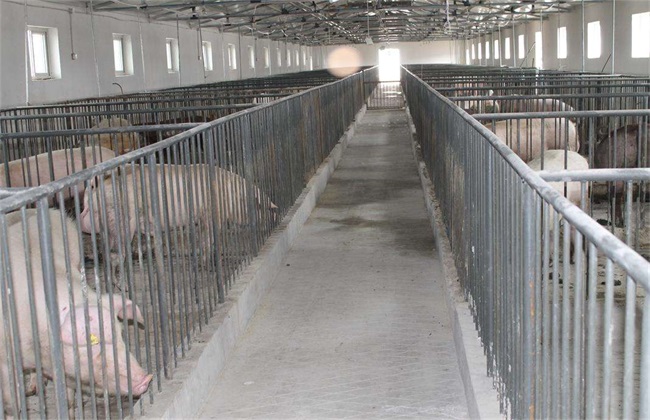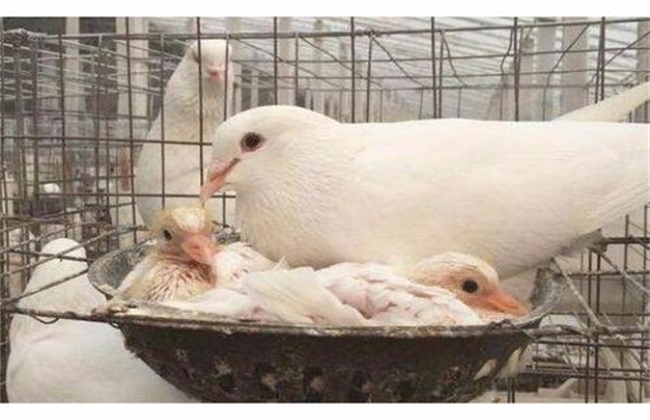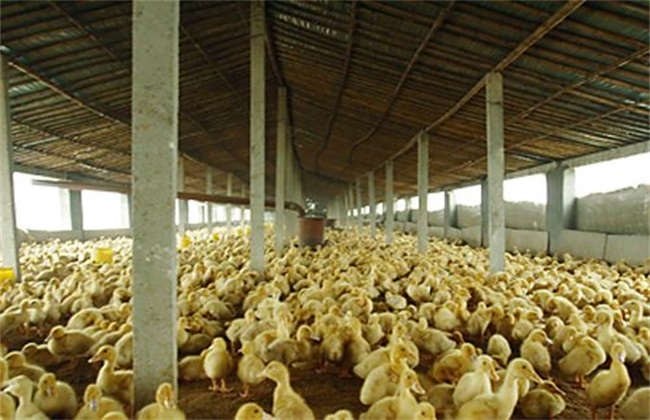What about the wet piggery in winter?
When we are raising pigs, the control of the pigsty environment is very important. If the pigsty is too wet, it is easy for pigs to cause many diseases. Especially in winter, if the pigsty is wet, it will not only cause pigs to cause various diseases, but also cause pigs to die in serious cases. So what should I do when the pigsty is wet in winter? The following small series will give you a brief introduction. Let's take a look together!

1. Strengthen insulation
There is a certain relationship between the temperature and humidity of the pigsty. If the temperature of the pigsty is too low, the impact on the growth and development of pigs is very large. Moreover, the pigsty is easy to ventilate and hang frost, resulting in the ground being frozen. If the pig lies down, it is easy to get cold, resulting in the pig being frozen and so on. Therefore, in winter, we must do a good job of insulation, repair the house, avoid the invasion of thieves, and ensure that the temperature in the house will gradually decrease.
2. Ventilation
If the humidity in the pigsty is too high, then the simplest and most effective way is to do a good job of ventilation. Reasonable ventilation can bring moisture out of the pigsty, dry the ground, and also discharge harmful gases in the pigsty, improve the air quality in the pigsty. It is very beneficial to the growth and development of pigs, but because the temperature in winter is relatively low, we should pay attention to controlling the amount of ventilation during ventilation. Raise the temperature of the pigsty properly before ventilation.
3. Clean up excrement regularly
A pig is an animal that eats, sleeps and eats. When raising pigs, the more the number of pigs raised, the more pig waste. And excreta increases, then ammonia and water in the house will also increase. This is also the main cause of humidity and poor air quality in pig houses, so solving the problem from the root cause can effectively reduce the humidity in the house. To clean up the feces regularly, it is best to allow pigs to defecate outside the house.
4. Feeding mat grass
Natural forage resources in winter are relatively small. When we feed in winter, we should pay attention to dry and warm feeding. Then after feeding, let pigs drink warm water, which can also significantly reduce the humidity in the house. In the pigsty floor, we should also spread the mat grass, but the mat grass has a strong water absorption capacity, and it is easy to absorb the moisture in the excrement, resulting in increased humidity and pollution of the mat grass. Therefore, we should pay attention to the frequent replacement of dry mats, which can also effectively reduce humidity.
5, multi-purpose adsorbent
Pigs like to grow in warm and dry pigsty, not suitable for growth in cold and humid environment. If too much is added to the pig house, it will provide conditions for bacteria to grow and reproduce. The bacteria will harm the growth of pigs, resulting in decreased pig resistance, prone to diarrhea, enteritis and other diseases. Therefore, we should often use plant ash, charcoal and other substances with strong adsorption capacity, which can absorb moisture and absorb odors in the air. The effect is very good.
The above timely winter pigsty wet how to do a simple introduction. Today's introduction is here, this article is for reference only, I hope to help everyone oh!
Related
- On the eggshell is a badge full of pride. British Poultry Egg Market and Consumer observation
- British study: 72% of Britons are willing to buy native eggs raised by insects
- Guidelines for friendly egg production revised the increase of space in chicken sheds can not be forced to change feathers and lay eggs.
- Risk of delay in customs clearance Australia suspends lobster exports to China
- Pig semen-the Vector of virus Transmission (4)
- Pig semen-the Vector of virus Transmission (3)
- Five common causes of difficult control of classical swine fever in clinic and their countermeasures
- Foot-and-mouth disease is the most effective way to prevent it!
- PED is the number one killer of piglets and has to be guarded against in autumn and winter.
- What is "yellow fat pig"? Have you ever heard the pig collector talk about "yellow fat pig"?



